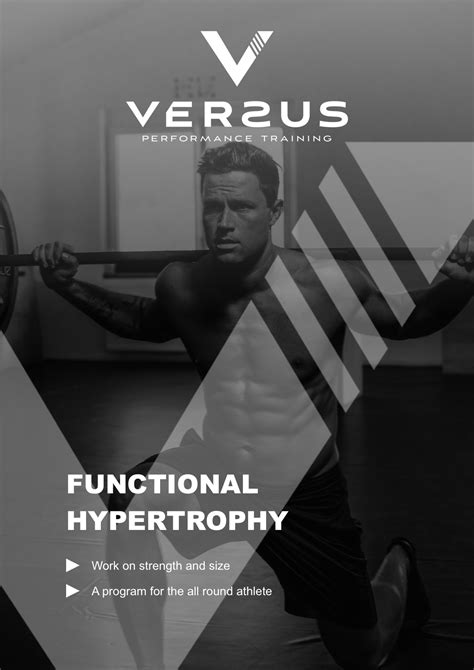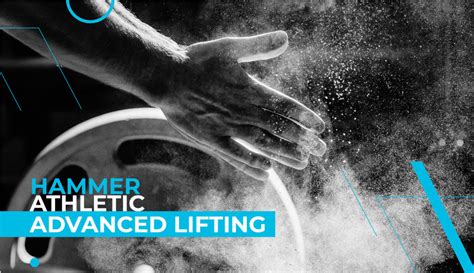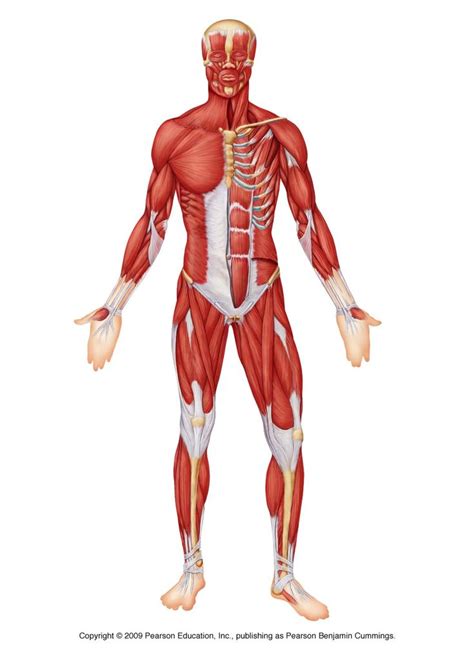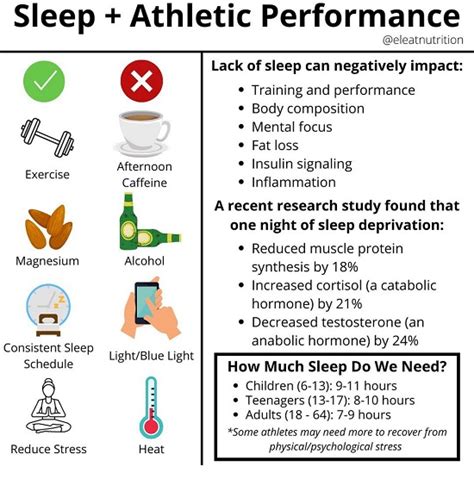Beyond basics: what advanced intensity techniques maximize male hypertrophy for peak performance?

For men dedicated to pushing their physical limits, the journey to peak hypertrophy and performance inevitably moves beyond the foundational principles of progressive overload. While consistency and basic strength training are indispensable, truly maximizing muscle growth and enhancing athletic capability often requires a more sophisticated approach. This involves integrating advanced intensity techniques that challenge the muscles in novel ways, forcing adaptation and unlocking new levels of development.
Why Advanced Techniques Are Essential for Peak Gains
As the body adapts to regular training stimuli, plateaus become inevitable. Basic rep schemes and sets, while effective initially, eventually cease to provide the necessary stress for continued growth. Advanced intensity techniques are designed to disrupt this adaptation, creating a metabolic and mechanical overload that signals the body to build more muscle. They push muscles beyond their typical failure point, recruit more muscle fibers, and increase the time under tension, all critical factors for hypertrophy.

Key Advanced Intensity Techniques for Hypertrophy
Integrating these methods into your routine can be a game-changer. Here are some of the most effective:
1. Drop Sets
Drop sets involve performing an exercise to failure, then immediately reducing the weight and continuing with more repetitions to failure, often for two or three ‘drops’. This technique extends the set beyond normal failure, enhancing metabolic stress and muscle fiber recruitment. It’s excellent for increasing training volume and pushing past perceived limits.
2. Supersets and Tri-sets
Supersets involve performing two exercises back-to-back with minimal rest in between. They can target opposing muscle groups (e.g., biceps and triceps), the same muscle group for different angles, or even compound and isolation exercises. Tri-sets extend this to three consecutive exercises. These methods significantly increase workout density and intensity, leading to greater muscular endurance and hypertrophy.

3. Rest-Pause Training
Rest-pause training involves performing a set to failure, resting briefly (10-20 seconds), and then continuing with more repetitions with the same weight. This brief rest allows for partial recovery of ATP stores, enabling you to squeeze out additional reps that you couldn’t otherwise, maximizing the effective reps and time under tension for muscle growth.
4. Negative Reps and Forced Reps
Negative Reps: These focus solely on the eccentric (lowering) phase of a lift, often using a weight heavier than you can lift concentrically. A spotter assists with the concentric phase, while you control the slow, deliberate lowering. The eccentric phase causes significant muscle damage, which is a powerful stimulus for hypertrophy.
Forced Reps: Performed with a spotter, forced reps involve lifting a weight to failure, then having the spotter assist you in completing 1-3 additional repetitions. This allows you to push beyond your absolute muscular failure, further taxing the muscle fibers.

5. Cluster Sets
Cluster sets involve breaking a traditional set into smaller mini-sets with short intra-set rests (15-30 seconds). For example, instead of 1 set of 8 reps, you might do 2 reps, rest 20 seconds, 2 reps, rest 20 seconds, and so on until you reach 8-12 reps. This allows you to lift heavier weights for more total repetitions or maintain higher power output throughout the set, beneficial for both strength and hypertrophy.
Strategic Implementation for Peak Performance
While these techniques are potent, they are also highly demanding. Randomly throwing them into your routine can lead to overtraining, injury, or diminishing returns. The key is strategic application:
- Periodization: Integrate these techniques into specific training phases. For example, use them during a hypertrophy block, then cycle back to more foundational training to allow for recovery and adaptation.
- Moderation: Don’t use all techniques in every workout or even every week. Choose one or two to focus on for a period. Overdoing it can lead to burnout.
- Listen to Your Body: Intense training requires heightened awareness of recovery. If you’re experiencing excessive fatigue or pain, scale back.
- Progressive Overload Still Applies: Even with advanced techniques, the principle of gradually increasing resistance, volume, or intensity over time remains paramount.

The Crucial Role of Recovery and Nutrition
When implementing advanced intensity techniques, your body’s need for recovery and optimal nutrition escalates significantly. Sufficient sleep (7-9 hours), adequate protein intake (1.6-2.2g per kg body weight), complex carbohydrates for energy, and healthy fats are non-negotiable. Without these pillars, the intense stress from these techniques will lead to overtraining and impede progress, rather than accelerate it.

Conclusion: Master Your Hypertrophy Journey
Moving beyond the basics with advanced intensity techniques is a powerful step towards maximizing male hypertrophy and achieving peak physical performance. Drop sets, supersets, rest-pause, negative/forced reps, and cluster sets each offer unique benefits for stimulating muscle growth and breaking through plateaus. However, their efficacy hinges on smart, periodized integration, coupled with an unwavering commitment to recovery and nutrition. By strategically applying these methods, you can unlock new dimensions of muscle development and push your body to its ultimate potential.








